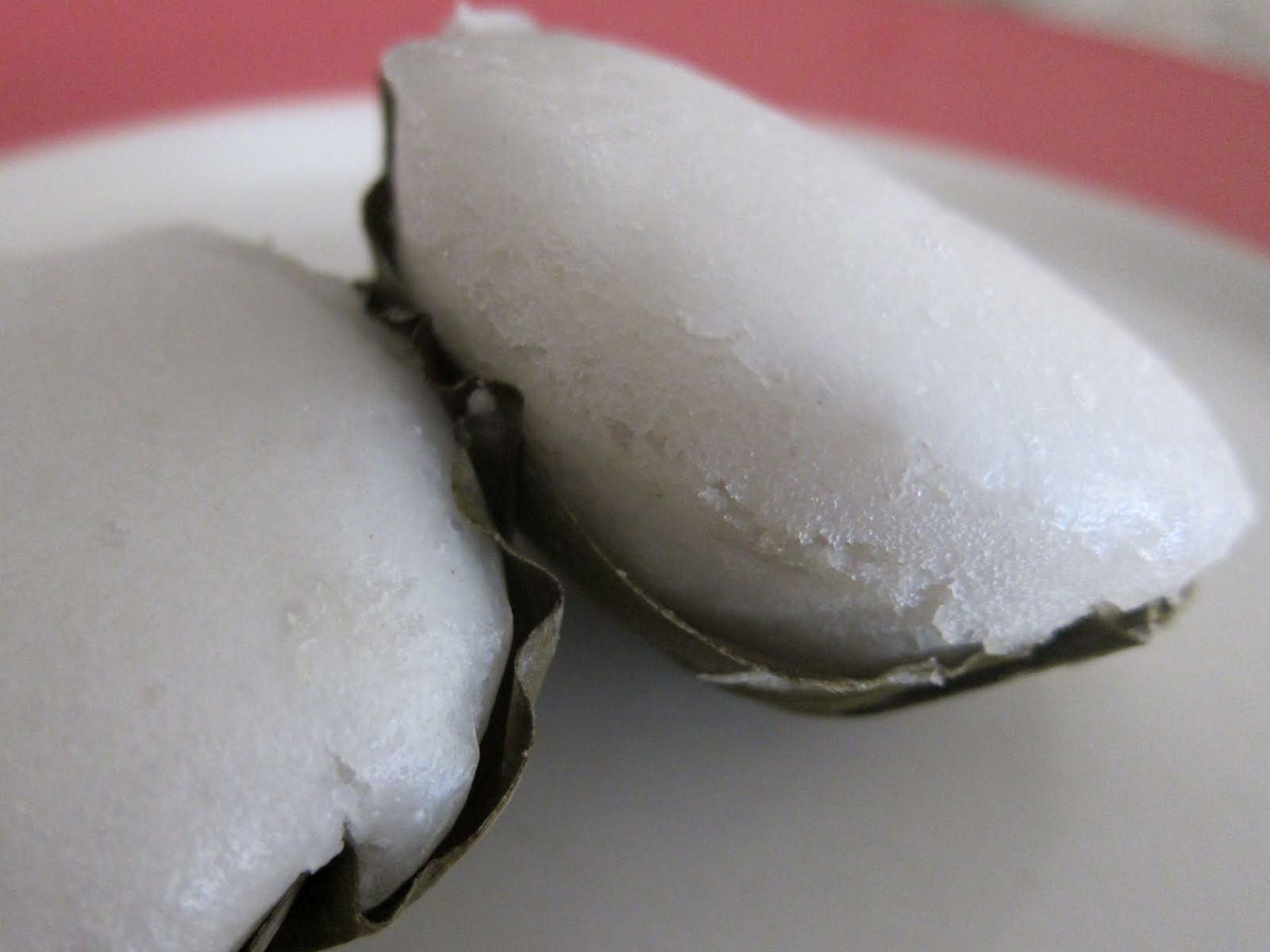
All About the Filipino Rice Cake.
Puto is a classic Filipino merienda food that can really be enjoyed at any time of the day as a snack or as a part of a meal. Learn about the puto history, its name, what’s in it, and its similar varieties found in other parts of Asia:
Puto History and More
Puto is a type of kakanin which are rice cakes made from glutinous rice and coconut milk.
Despite the name sounding like a Spanish curse word, the name actually comes from the Malay and Indian word “puttu” meaning “portioned”.
The Filipino version soaks the glutinous rice grains overnight to slightly ferment, then grinds the rice with coconut milk and sugar to form a dough. The dough it then portioned out to small mounds steamed on small cuts of banana leaves. The steamed cake can be eaten plain or topped with butter or cheese. It is typically paired with a savory plate such as diniguan (pork blood stew) or pancit (noodles).
Outside of the Philippines, there are similar versions of put including the Indian Puttu, the Malaysian Kuih, the Singaporean Putu Piring, and the Vietnamese Banh Bo Hap. While the exact origins of rice cakes are unknown, it has been deduced that they were started by rice farmers in Southeast Asia and South Asia. Through trade and migration, recipes were shared and local versions were created that have been passed down through centuries.
Sign up for my newsletter on the sidebar for blog updates and my travel insider tips! And, check out my vlogs on YouTube!


